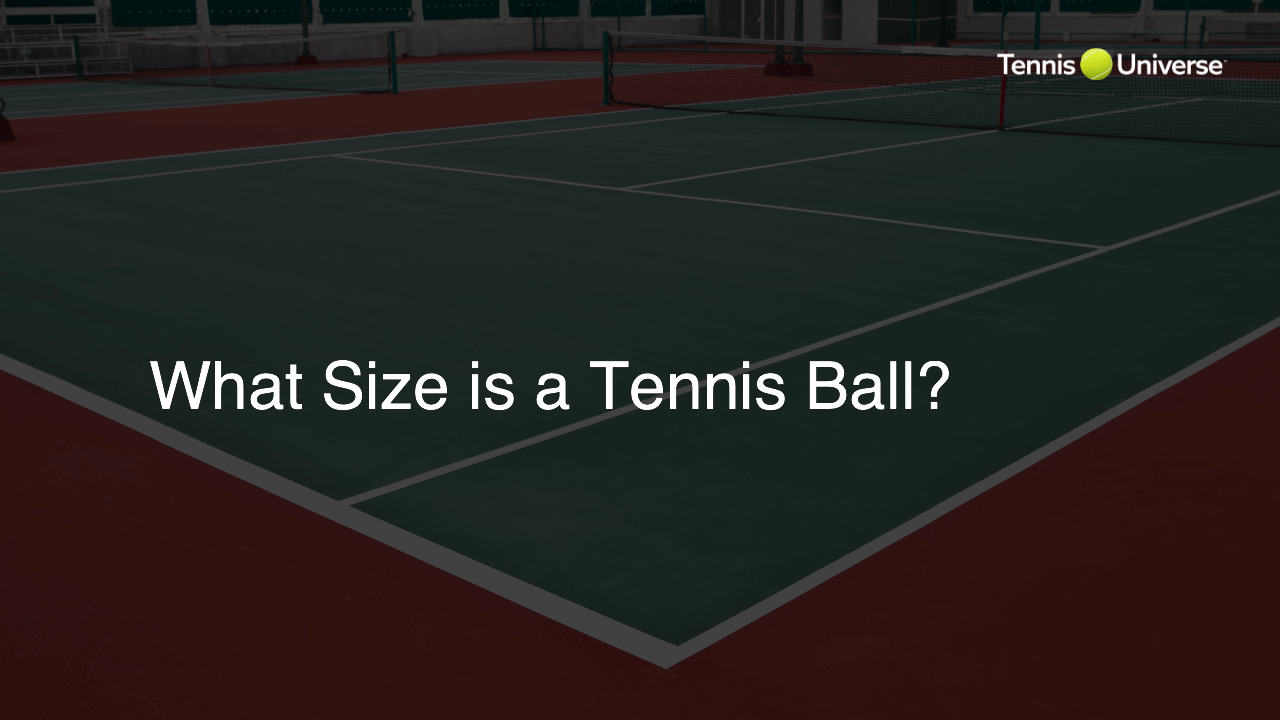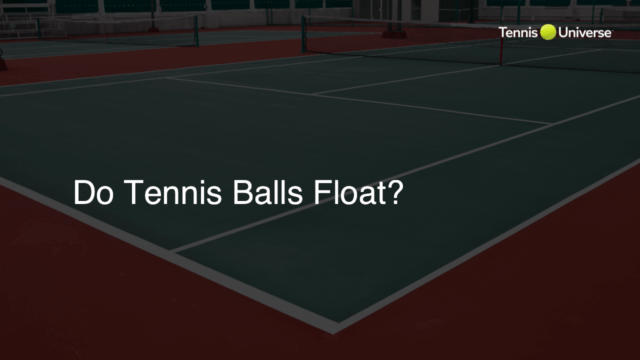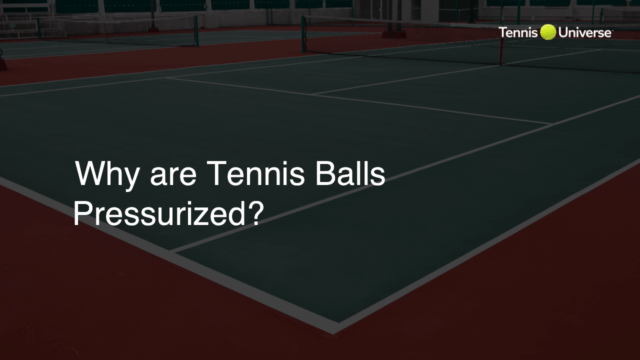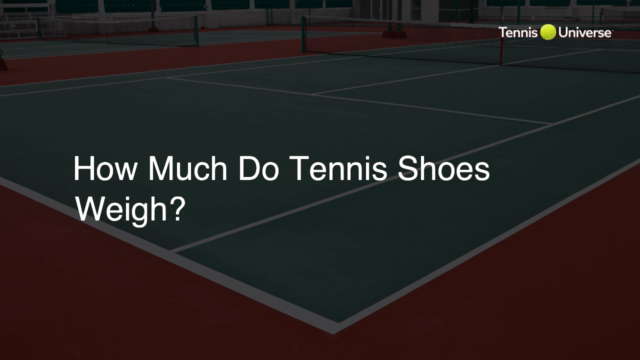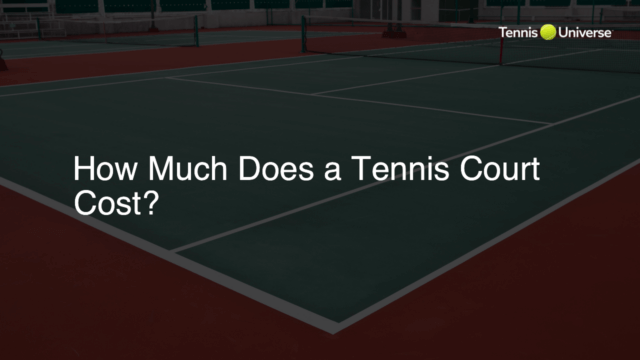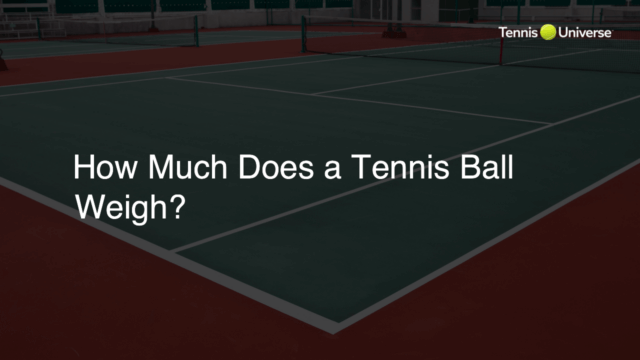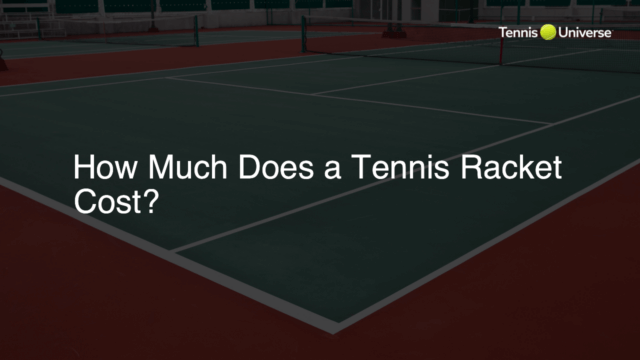A standard tennis ball size is 2.57 to 2.70 inches (6.54 to 6.86 cm) in diameter.
Tennis Ball Dimensions
A standard tennis ball size is 2.57 to 2.70 inches (6.54 to 6.86 cm) in diameter. This measurement is regulated by the International Tennis Federation (ITF) to ensure consistency across official tennis matches, equipment, and player experience.
Types of Tennis Balls
Regular Duty
Regular duty tennis balls are designed for optimum play on clay or indoor courts. They have a softer felt cover that is less abrasive and better suited for the slower court surfaces.
Extra Duty
Extra duty tennis balls are made for hard court surfaces like concrete or asphalt. They have a thicker and more durable felt cover that withstands the wear and tear of faster courts.
High Altitude
High altitude tennis balls are engineered to function at altitudes above 4,000 feet (1,219 meters). They have a slightly different pressure inside to maintain the same level of play at higher elevations.
Impact on Tennis Racket Performance
The size and type of tennis ball you use can directly impact your tennis racket performance. Using the appropriate tennis ball for your court surface and playing conditions can enhance your gameplay and prevent damage to your racket and the ball itself.
Selecting the Right Tennis Ball
Choosing the correct tennis ball for your game is essential for achieving the best performance. Consider factors such as your skill level, court surface, and playing conditions when making your selection. Many tennis ball manufacturers offer a variety of products for different skill levels and types of players, from recreational to professional.
Tennis Tips: Ball Maintenance and Care
Proper tennis ball care can have a significant impact on their longevity and performance. Here are a few tennis tips to help you get the most out of your tennis balls:
- Storage: Store tennis balls in their original packaging or a canister at room temperature. Keep them away from direct sunlight or extreme temperatures, as this can alter their properties and performance.
- Rotation: Rotate the balls you use during practice or matches to distribute wear evenly, extending their lifespan, and ensuring a consistent bounce.
- Replacement: Tennis balls lose their bounce over time due to the gradual loss of internal pressure. Replace them once they become noticeably less responsive or their felt cover becomes excessively worn.
Safety Considerations
Paying attention to the tennis ball size and type is crucial not only for performance but also for safety. Inappropriate tennis ball sizes, especially for younger players and beginners, can lead to injuries or accidents. Always choose age-appropriate equipment and follow the manufacturer’s guidelines to ensure a safe and enjoyable tennis experience.
FAQ Section
Just finished reading our blog post on tennis ball sizes? Here are some frequently asked questions and quick answers to help you better understand the topic:
What is the size of a tennis ball used in professional matches?
Professional tennis matches use standard tennis balls with a diameter of 2.57 to 2.70 inches (6.54 to 6.86 cm), as regulated by the International Tennis Federation (ITF).
What material is used to make the felt cover of a tennis ball?
The felt cover of a tennis ball is typically made of a combination of wool and nylon, providing the right balance of softness, durability, and bounce.
How often should I replace my tennis balls?
Replace tennis balls when they become noticeably less responsive or their felt cover becomes excessively worn. This may vary based on the intensity and frequency of usage, but rotating the balls used in practice or matches can help extend their lifespan.
What type of tennis ball should I use if I’m a beginner?
Beginner players may benefit from using a lower compression tennis ball, which is designed to bounce slower and allow for more control during play. As you gain experience, you can transition to standard tennis balls.
Can I use the same tennis balls for both clay and hard court surfaces?
It is highly recommended to use regular duty balls for clay or indoor courts, and extra duty balls for hard court surfaces. Each type of ball is specifically designed to enhance performance and minimize wear on their respective court surfaces.

